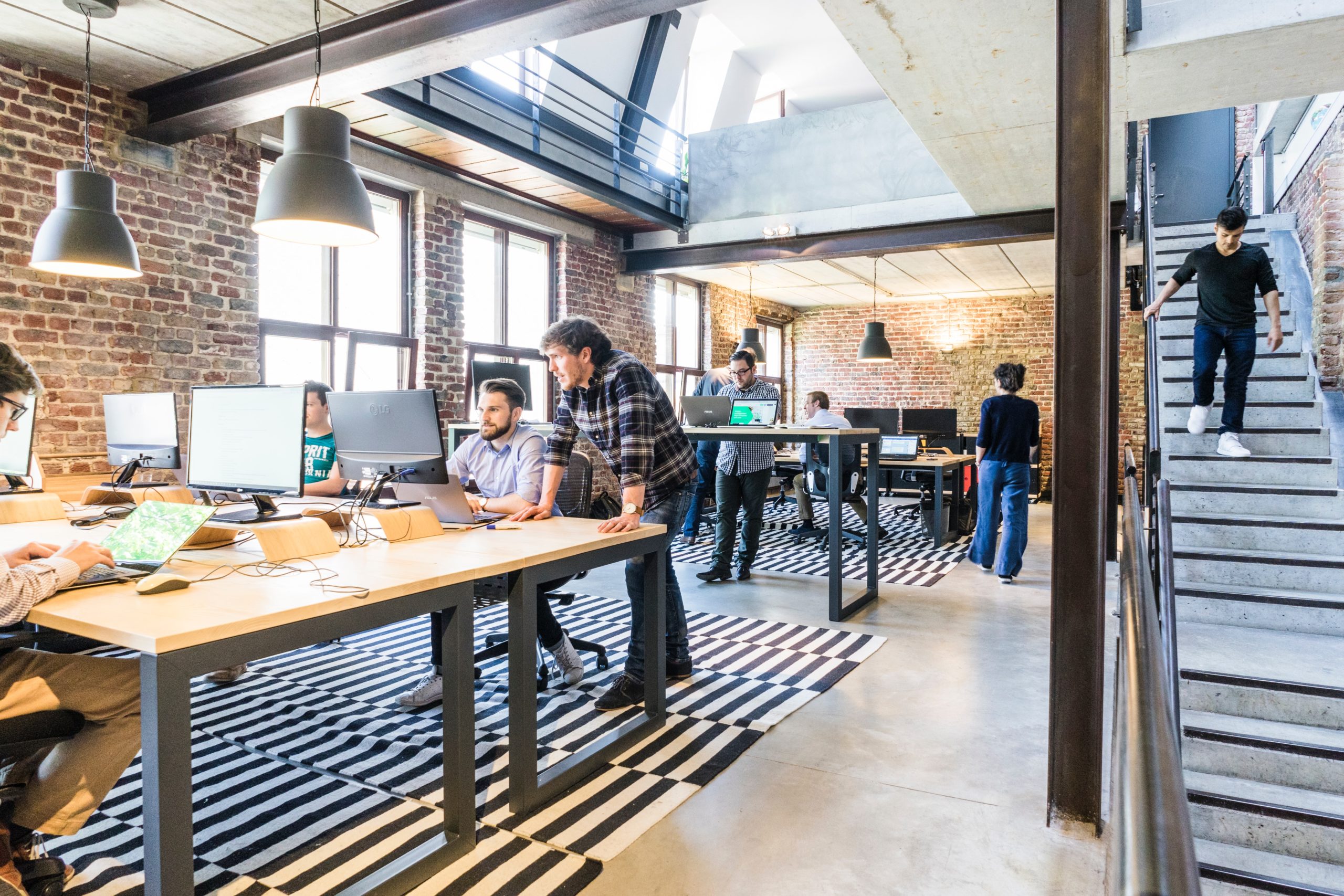Workplace violence is an ongoing and significant threat in any industry, impacting employees from every background and leading to physical and psychological injuries that lead to lower productivity, absenteeism, and turnover rates. Here we explore different forms of workplace violence as well as steps employers can take to prevent it.
What Is Workplace Violence?
Workplace violence encompasses any act that causes physical or psychological harm in the workplace, from physical assaults to verbal harassment and threats of violence. Workplace violence takes many forms. Examples may include:
Words like verbal abuse, threats of intimidation, and bullying by customers/clients as well as physical assault are common workplace violence issues that arise within companies as well as outside, such as during travel or company-sponsored events.
Workplace Violence Factors to Consider
Physical Violence at Work
Workplace violence refers to any act that involves physical force – this includes hitting, kicking, pushing, and using weapons as forms of aggression that cause bodily harm to people. Physical aggression can result in serious injuries or even fatalities.
Verbal Violence
Verbal Violence refers to any form of communication intended to hurt or intimidate another individual, such as shouting, cursing, or making threats against them. Verbal abuse can cause both emotional and psychological harm to its victim.
Harassment
Harassment refers to any behavior that creates a hostile work environment and must not be tolerated, including sexual harassment, racial harassment, and age, gender, or disability discrimination. Harassment can cause psychological damage as well as lead to physical consequences if left unchecked.
Prevent Workplace Violence
Employers have a duty to protect their employees from workplace violence, and can take several steps to do so:
Employers should create a workplace violence policy that defines unacceptable forms of behavior and the associated penalties, as well as provide an investigation and resolution process for complaints about them. The policy must also outline reporting procedures and processes, in addition to having procedures in place for investigations and complaints handling.
Employers should train employees on what behavior constitutes workplace violence and how to report incidents, as well as conflict resolution skills and de-escalation techniques.
Employers should provide a safe work environment for their employees. This may involve installing security cameras, providing lighting in parking areas, and controlling access to the building.
Employers Should Address Complaints Taken Seriously
Employers must treat complaints about workplace violence seriously and respond swiftly with investigations and appropriate actions taken against those responsible, to address and prevent future occurrences.
Employers should provide employee assistance programs to aid workers who have been victims of workplace violence. Such programs can assist employees in dealing with both the emotional and psychological effects of this trauma.
Conclusion
Workplace violence is a serious threat that can harm employees physically and psychologically. Employers have a duty to safeguard their workers against workplace violence by creating policies, training employees, providing safe working conditions, taking complaints seriously, and offering employee assistance services – steps that will provide a safer and more productive work environment for all their employees.




